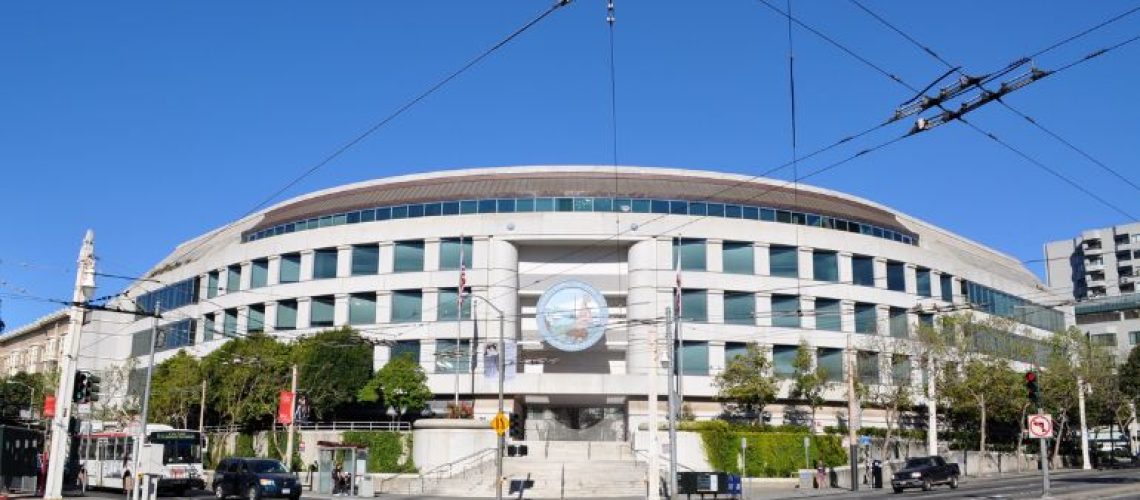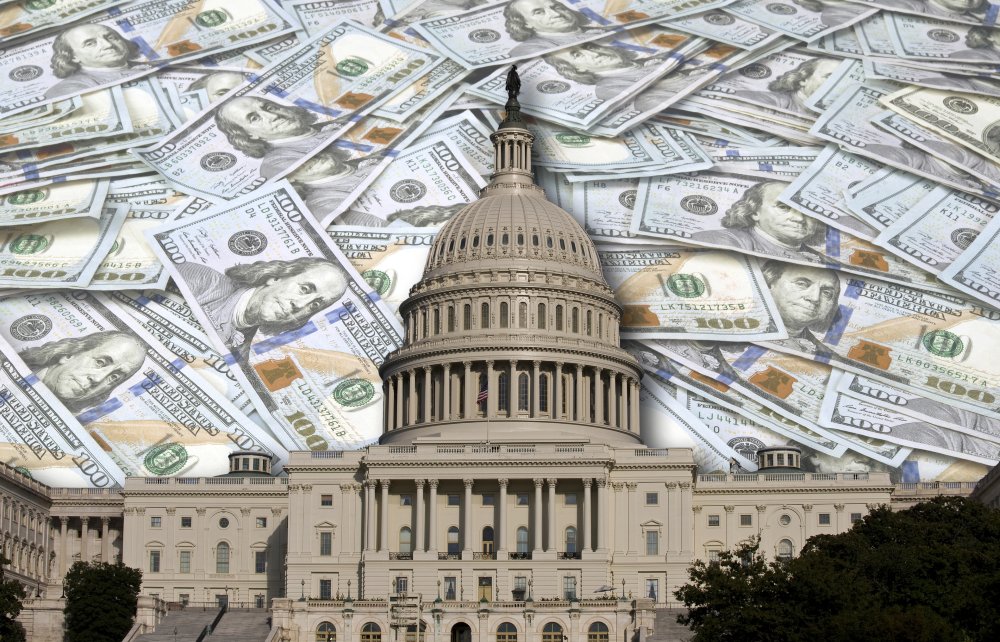After over a year of debate and numerous iterations, the California Public Utilities Commission (CPUC) has released its final proposal for the state’s next phase of the net-metering program and will hold a vote today, Dec. 15, at 11 a.m. PT.
When solar arrays produce more energy than a home or business needs, the owner can put some of that energy back onto the grid and receive compensation. The CPUC has been deliberating on the next phase of California’s compensation program since 2021.
The new plan is a shift to net billing, which differs from net metering because customers are selling energy back to the utility at lower “avoided cost” or wholesale rates (what the utility pays for energy), rather than the higher retail rates (what utility customers pay for energy) that are paid in net-metering programs, according to EnergySage.
The CPUC made minimal revisions to the previous proposal in the final decision. Here are the main points in the final decision the CPUC will vote on today:
- New net-billing structure that features base hourly export compensation rates with a different 24-hour profile for each month and for weekends vs. weekdays. These also vary by utility
- Five-year “glide path” with a 75% average decrease of exported energy value from NEM 2.0 in Year 1, according to CALSSA
- Residential customers in PG&E and SCE territory receive avoided cost “adders” to create this glide path. The adders decrease by 20% annually until they reach zero. In the final decision, the PG&E adder was increased but others stayed the same
- The ruling excludes SDG&E customers from receiving any adders because their solar systems will pay off in less than nine years due to SDG&E’s higher electricity rates
- Commercial customers do not receive adders or glide path
- Revised final decision preserves current value of solar for multi-family housing and farms until further analysis can be done
- No later than 120 days from this vote, Net Metering 2.0 sunset will be implemented. Customers that complete an interconnection application before that period will remain under NEM 2.0
- Customers that file interconnection applications before NEM 2.0 sunset are required to submit final building permit sign-off within three years to remain under NEM 2.0
- NEM 1.0 and 2.0 customers will remain under their programs unchanged

The California Solar & Storage Association (CALSSA) issued a press statement expressing its displeasure with the proposal.
“The CPUC’s final proposal is a loser for California on many levels,” said Bernadette Del Chiaro, executive director of CALSSA. “For the solar industry, it will result in business closures and the loss of green jobs. For middle-class and working-class neighborhoods where solar is growing fastest, it puts clean energy further out of reach. For our grid reliability needs, it fails to promise robust growth in battery storage. And for California’s race to clean energy, it puts us behind our goals and out of step with the national pro-solar agenda. The proposal is a step backwards when we really need to be moving forward with solar and battery storage. It is a dark day in California when the utility regulators try to block out the sun.”
Click here for call-in information for the CPUC’s voting meeting.




